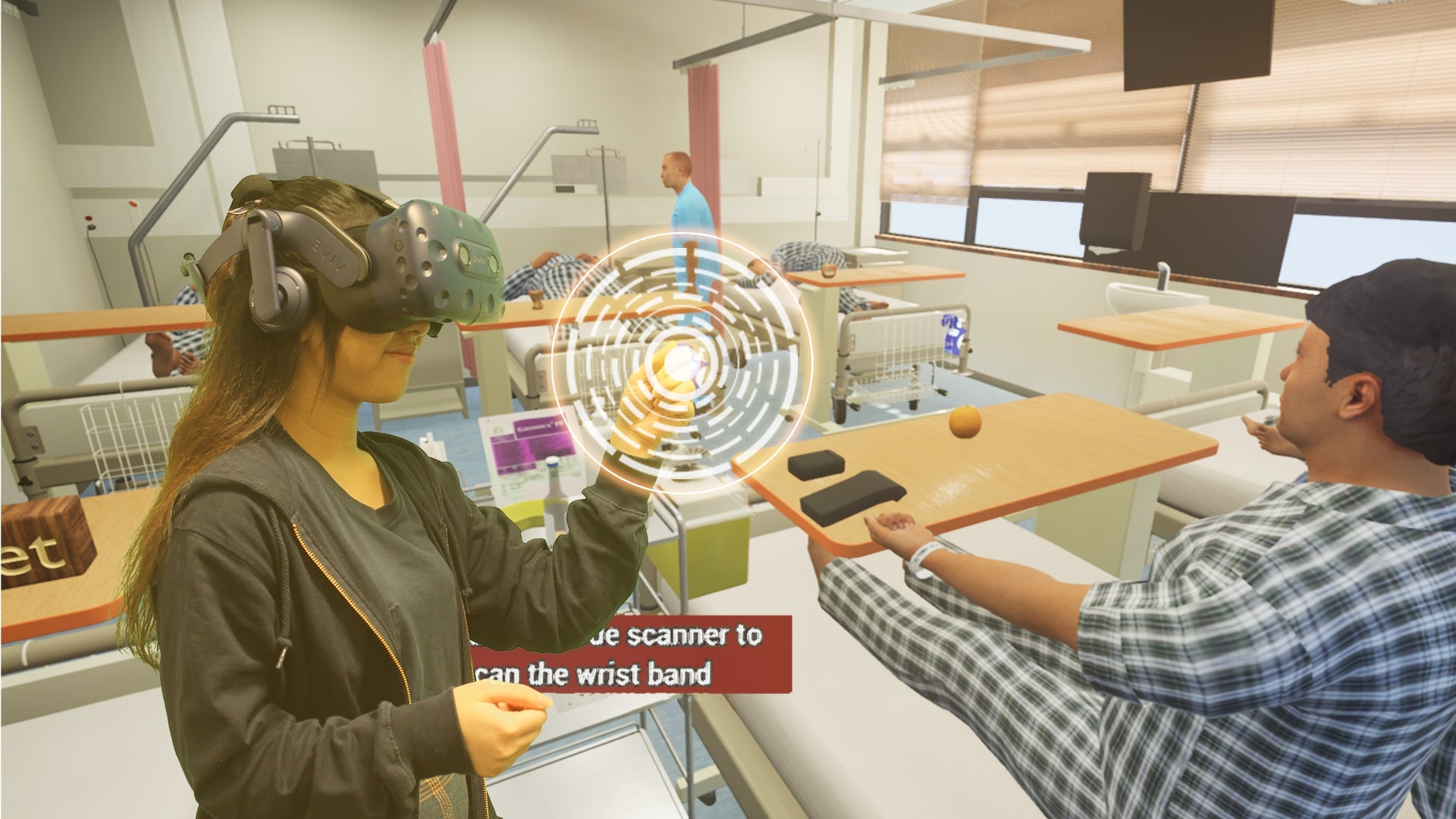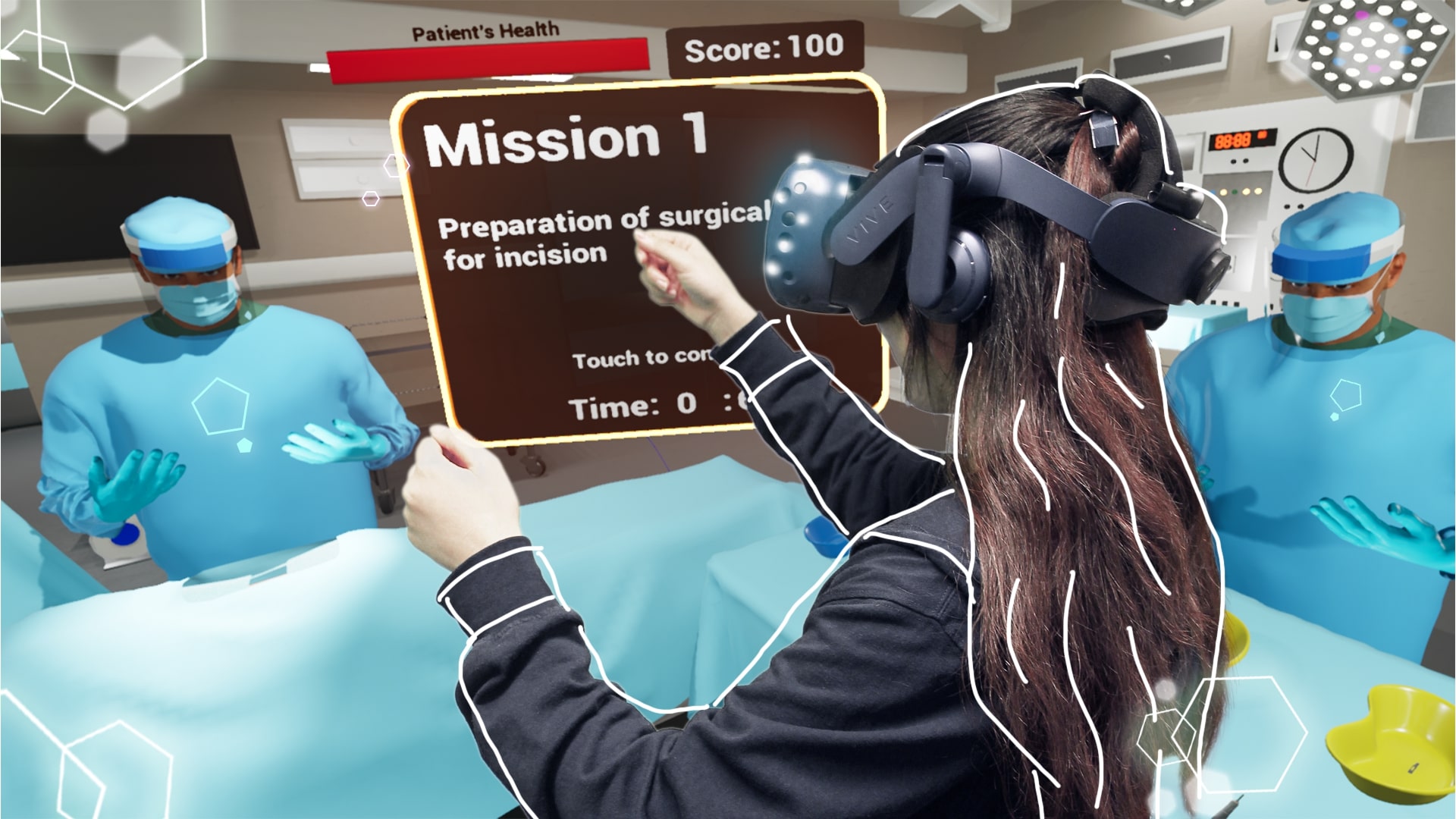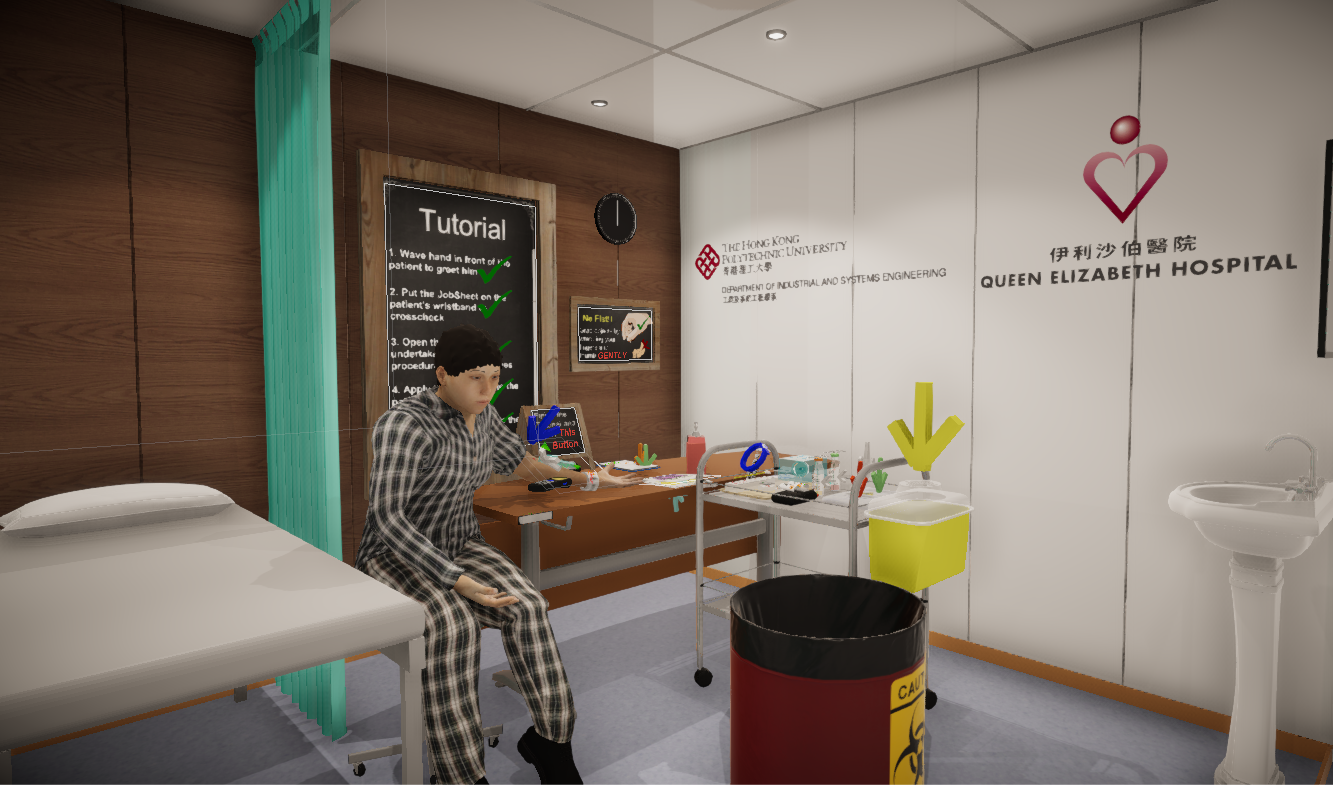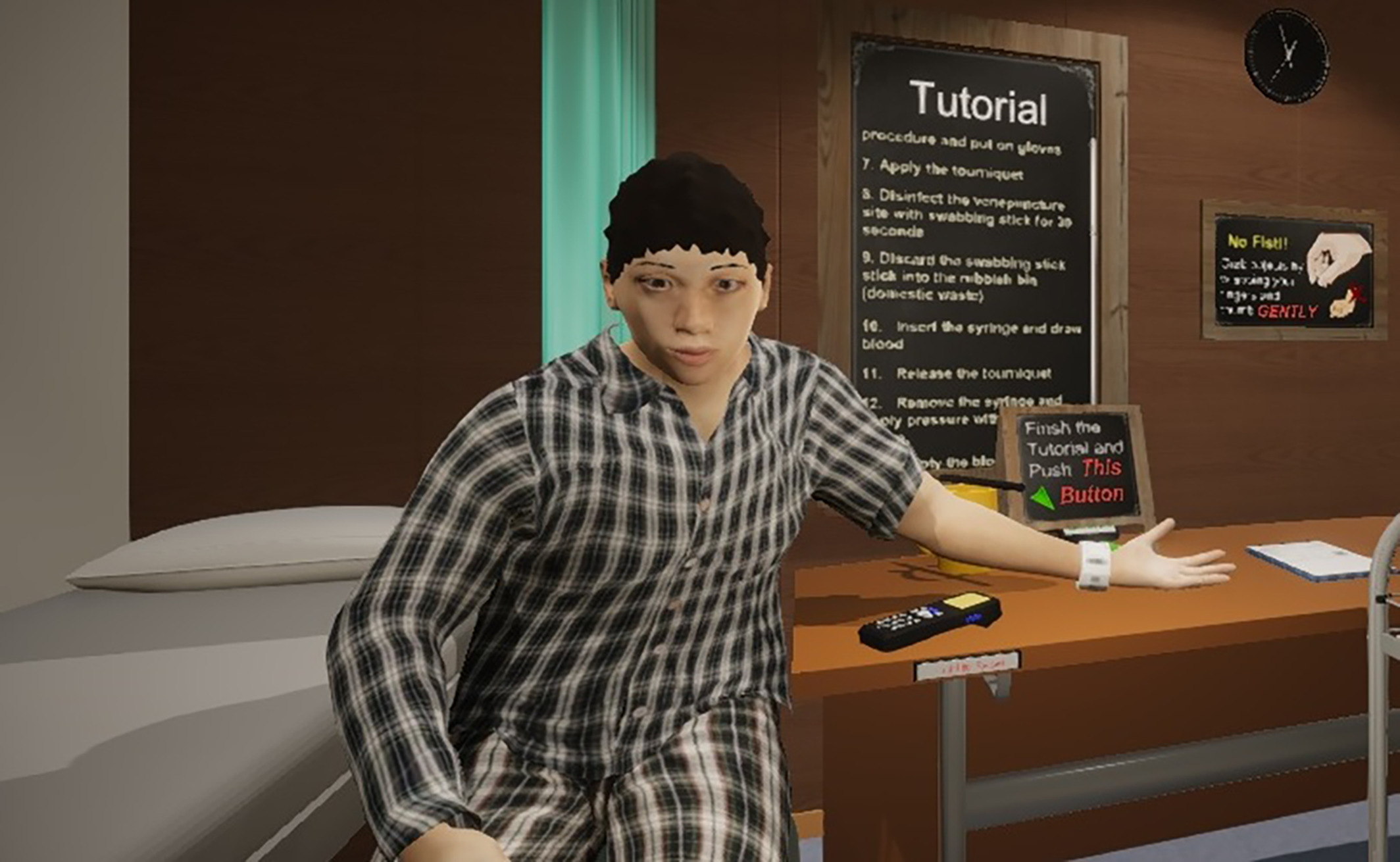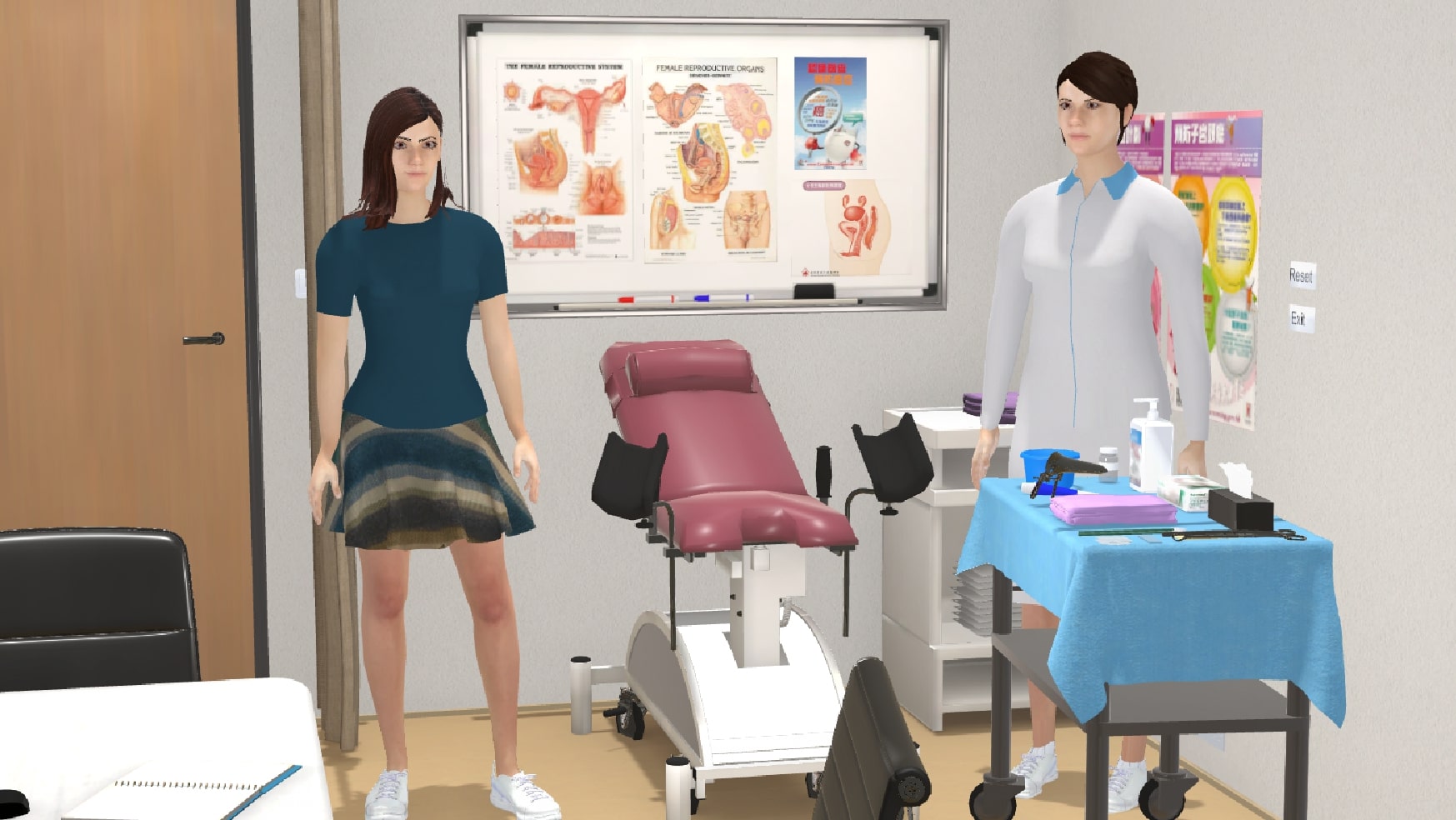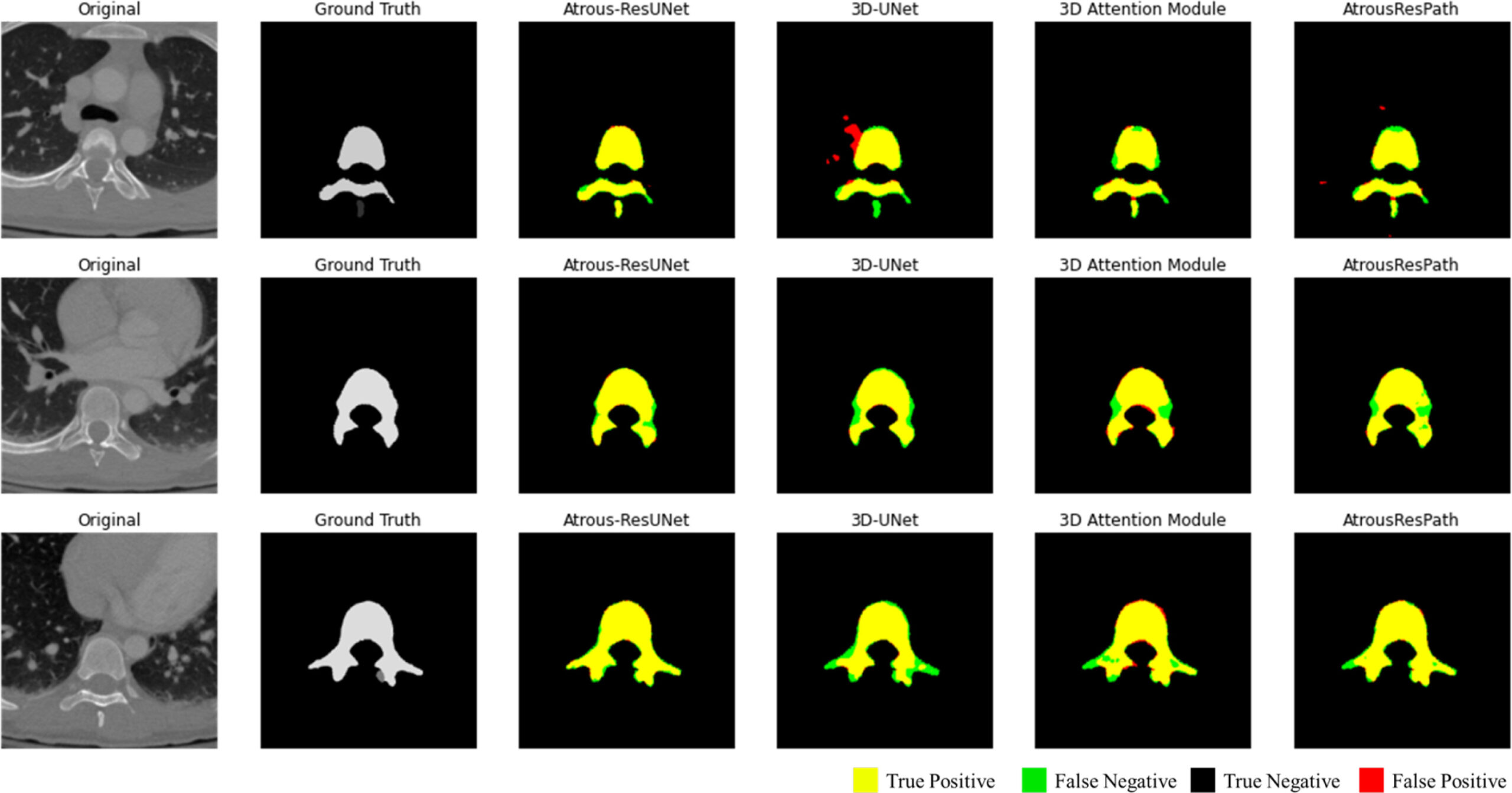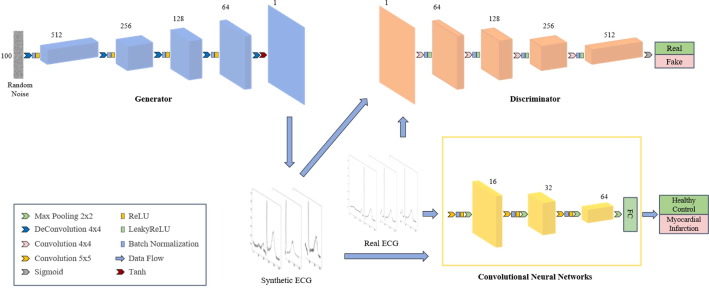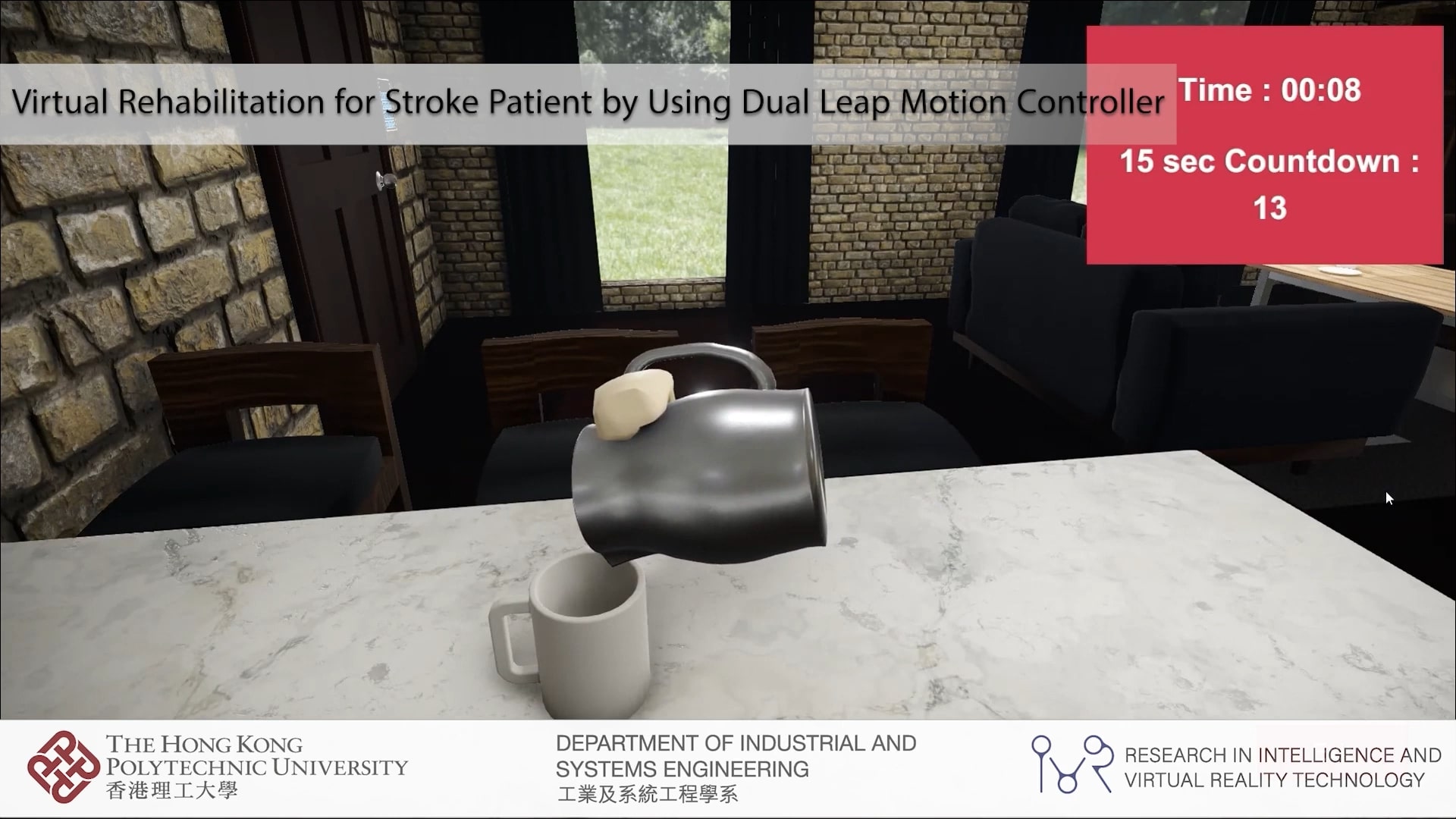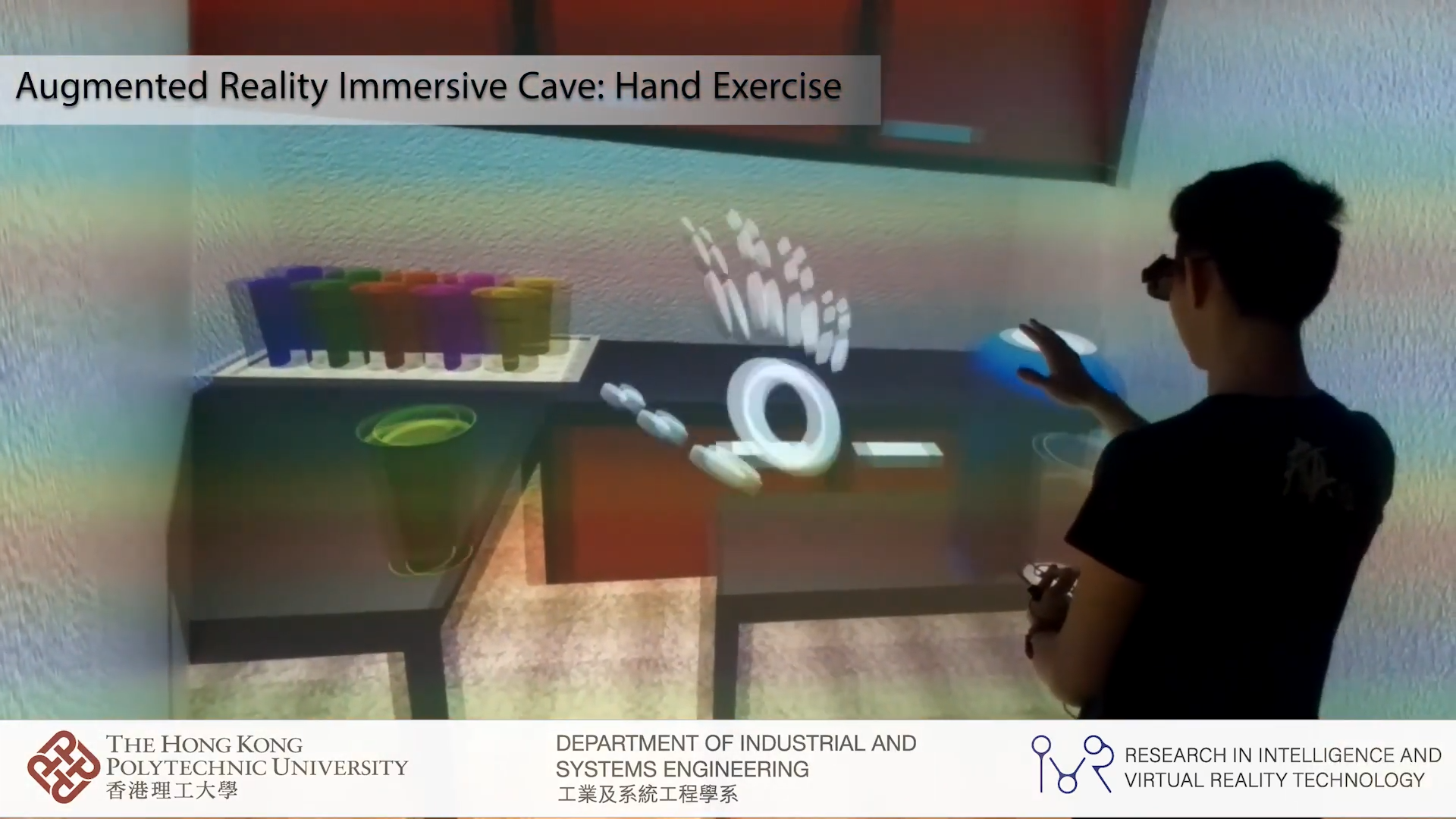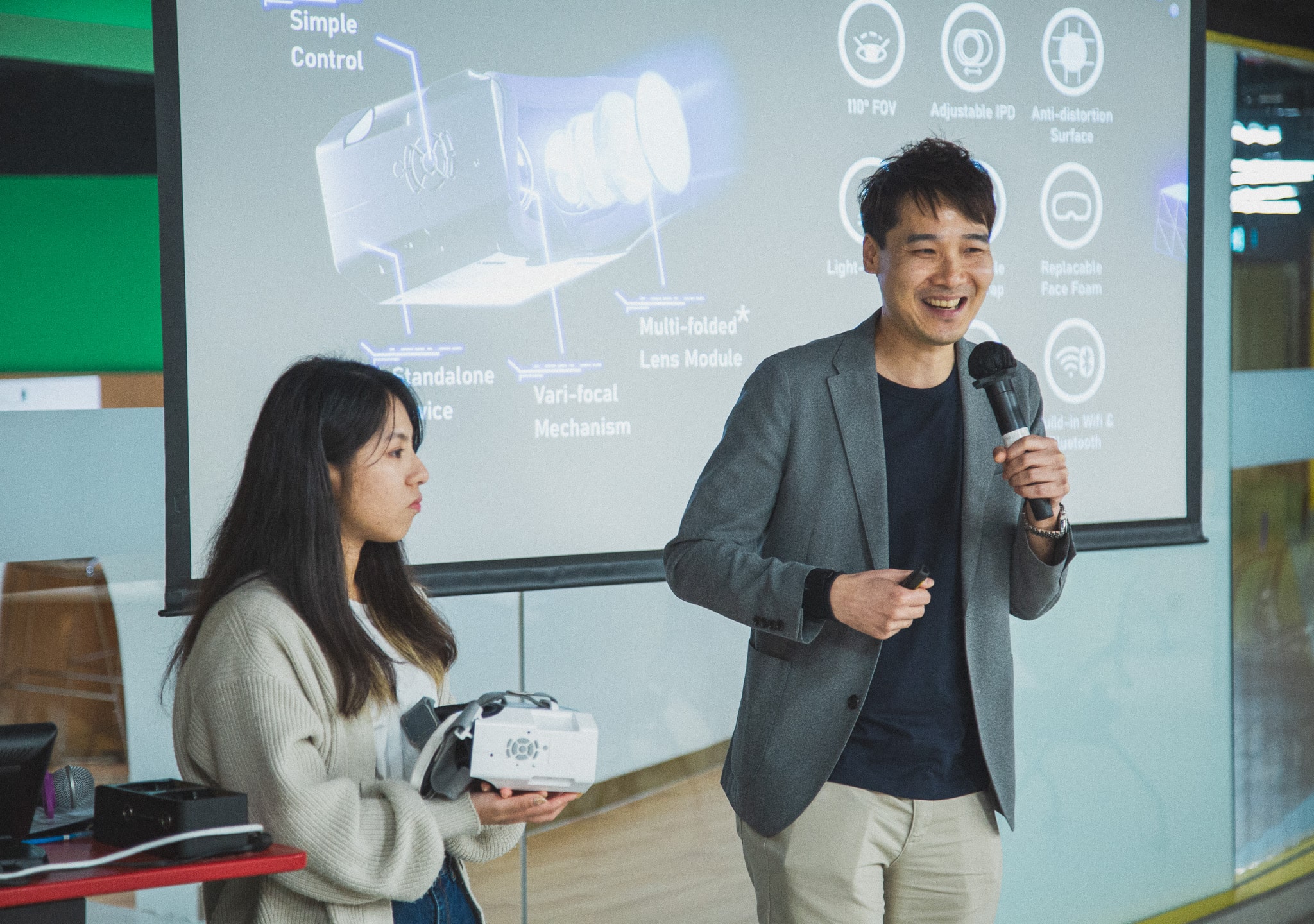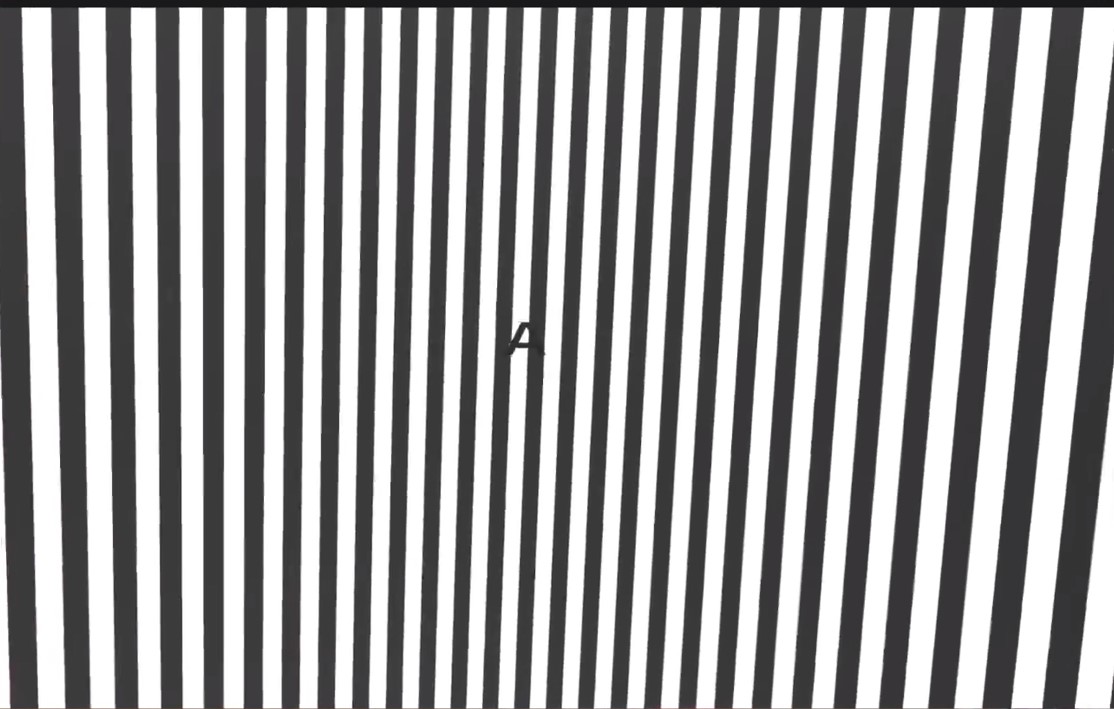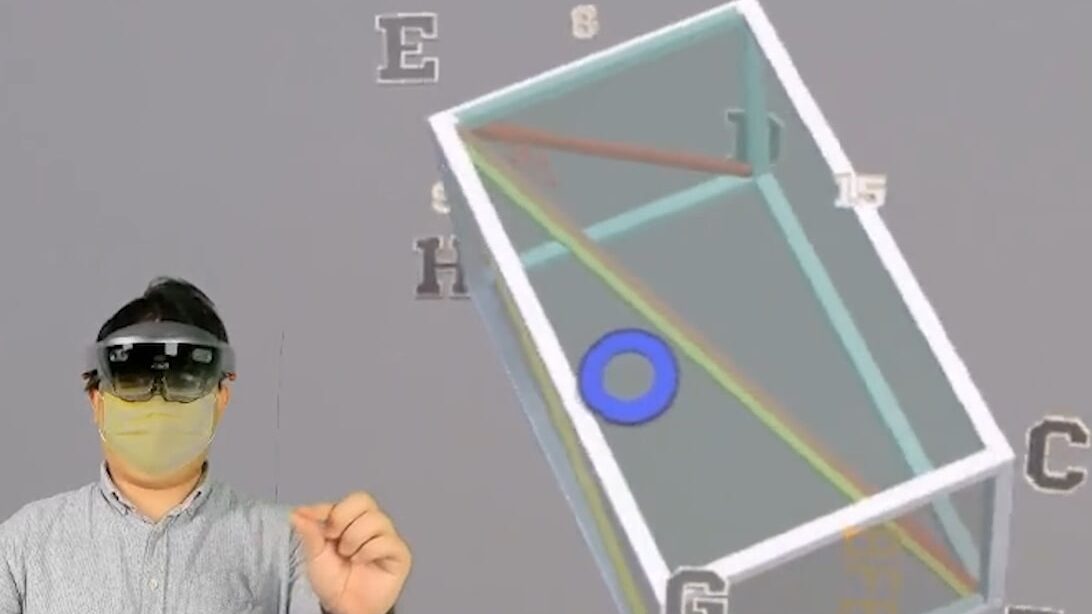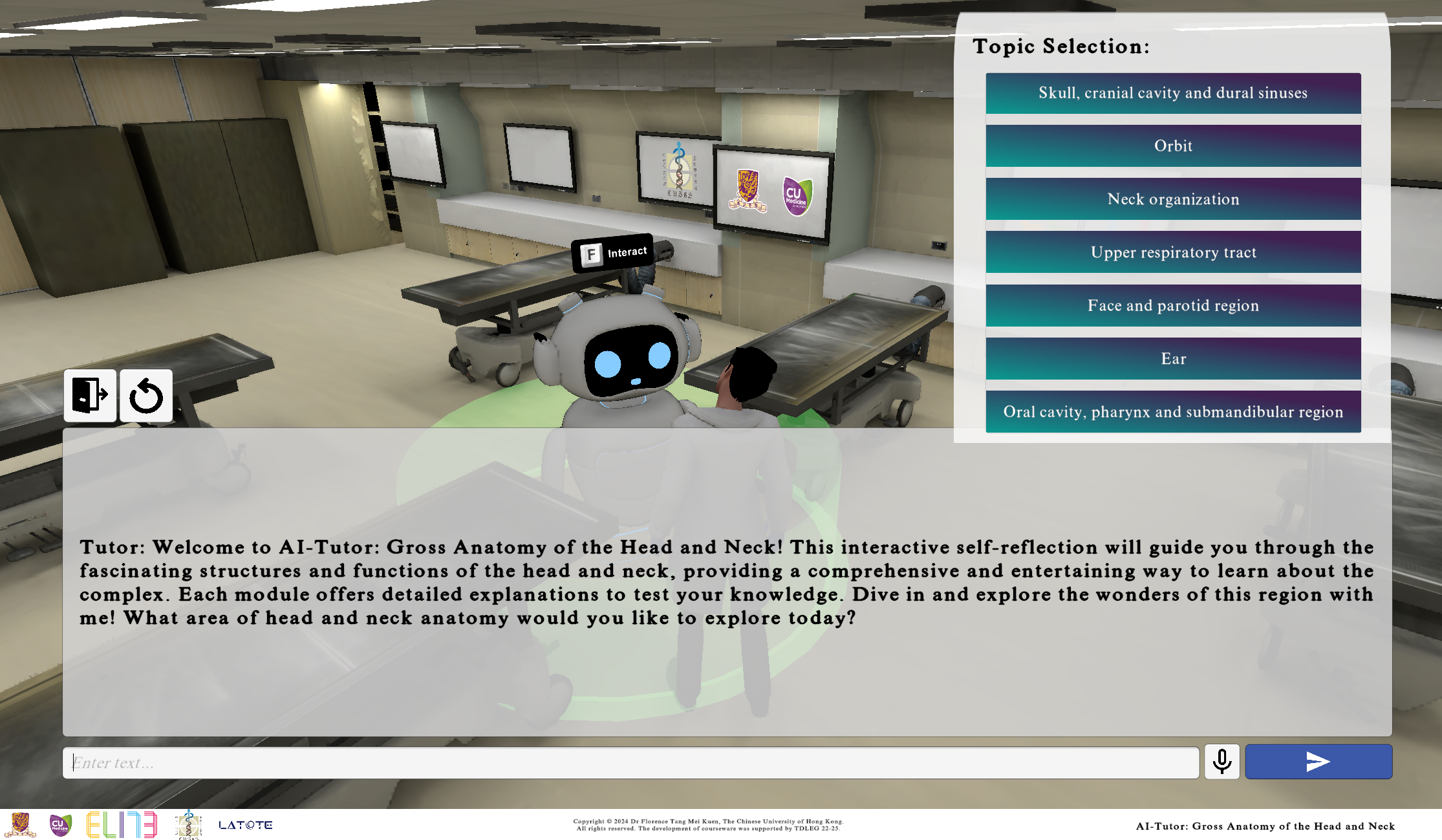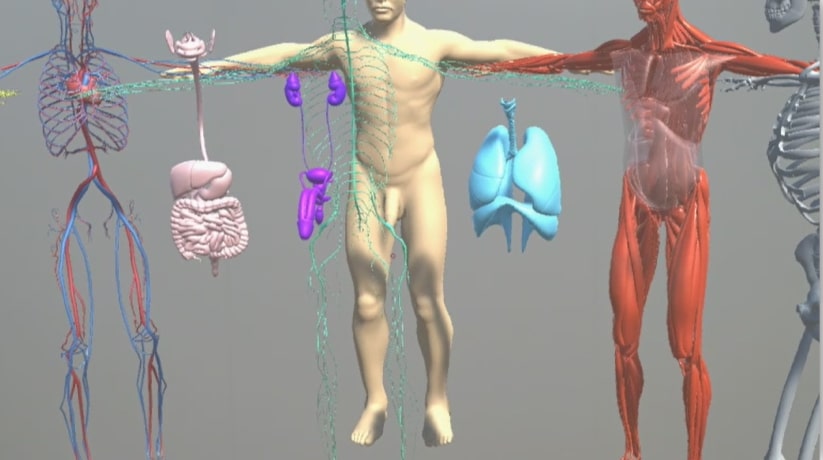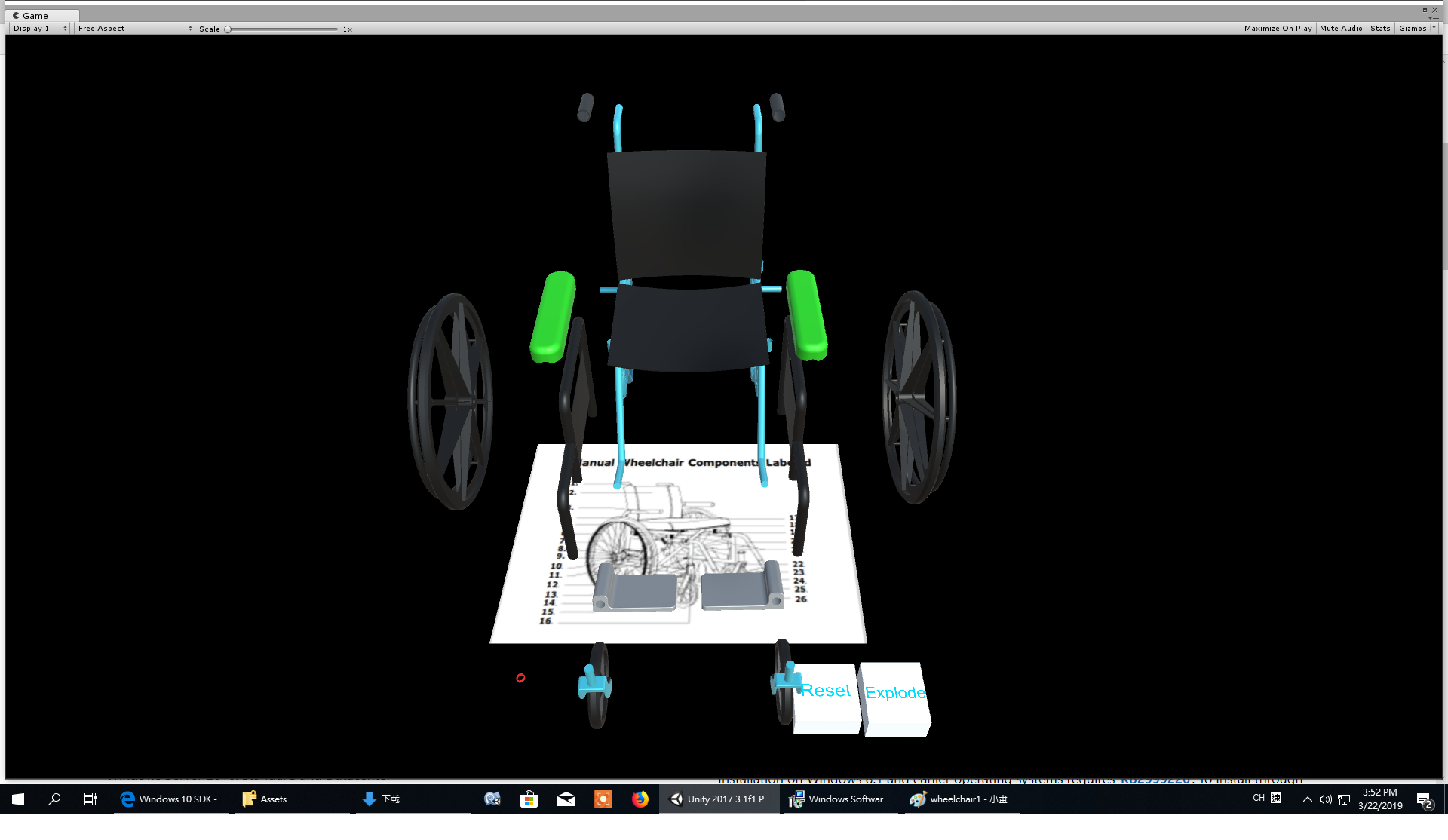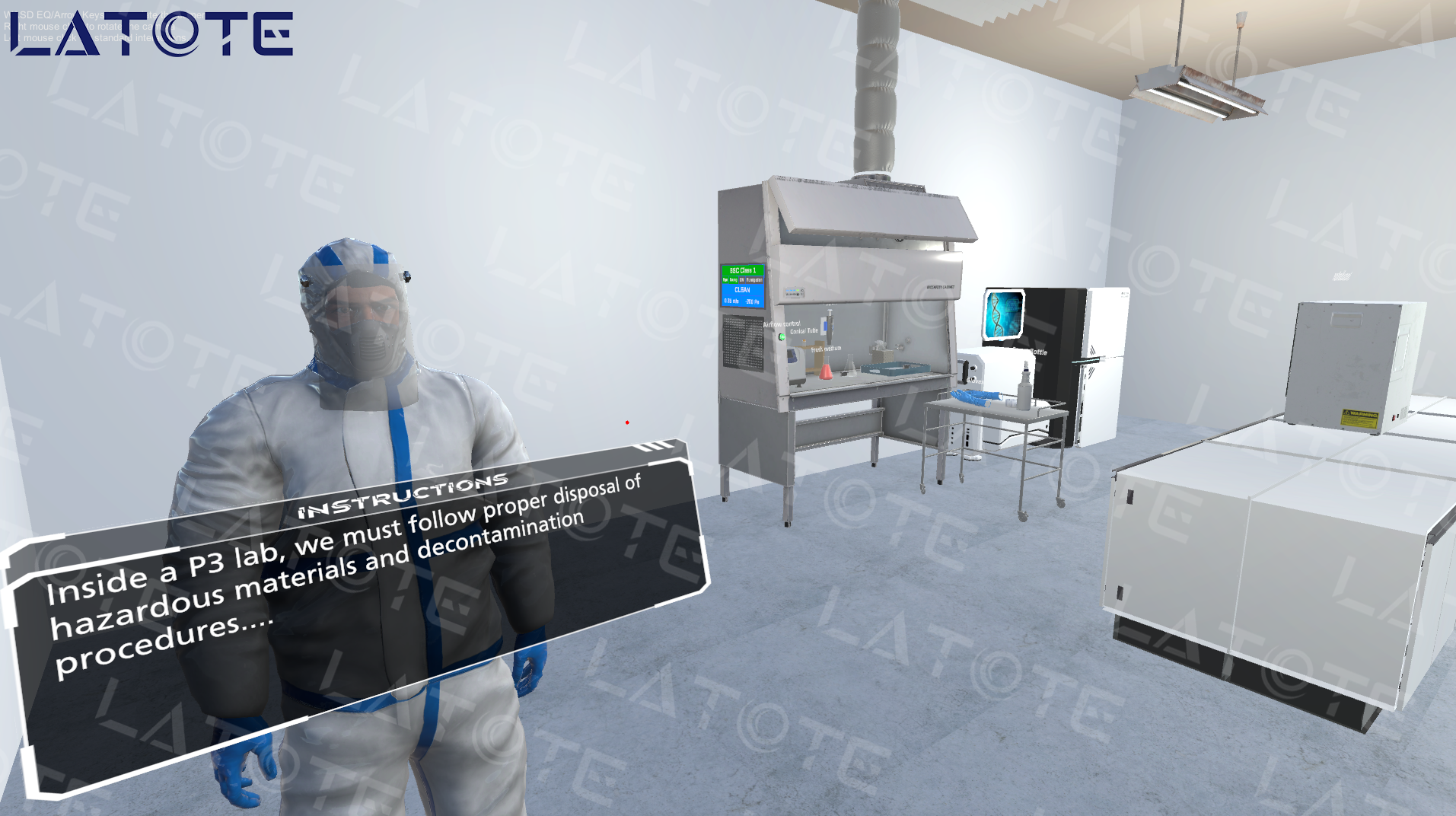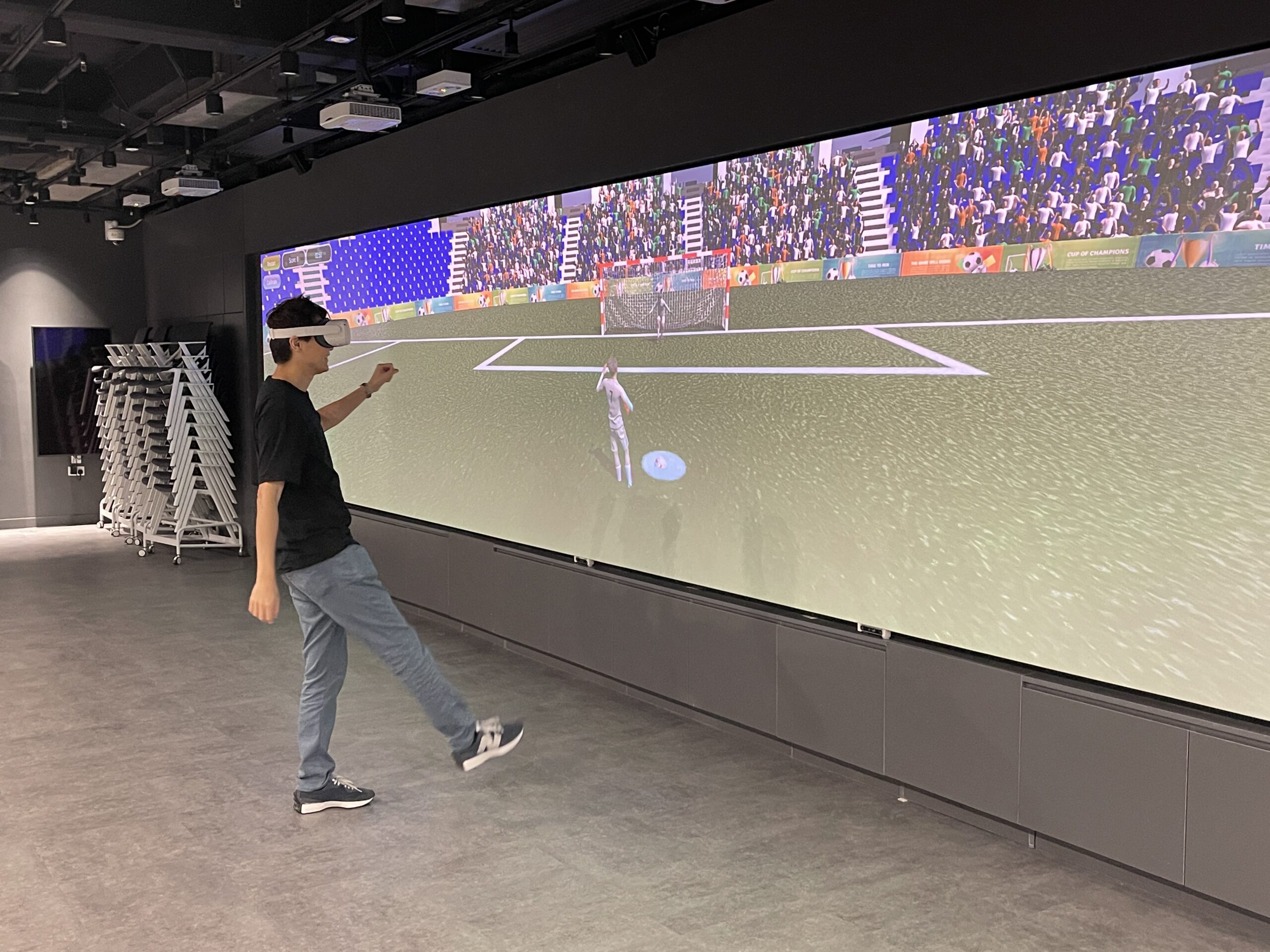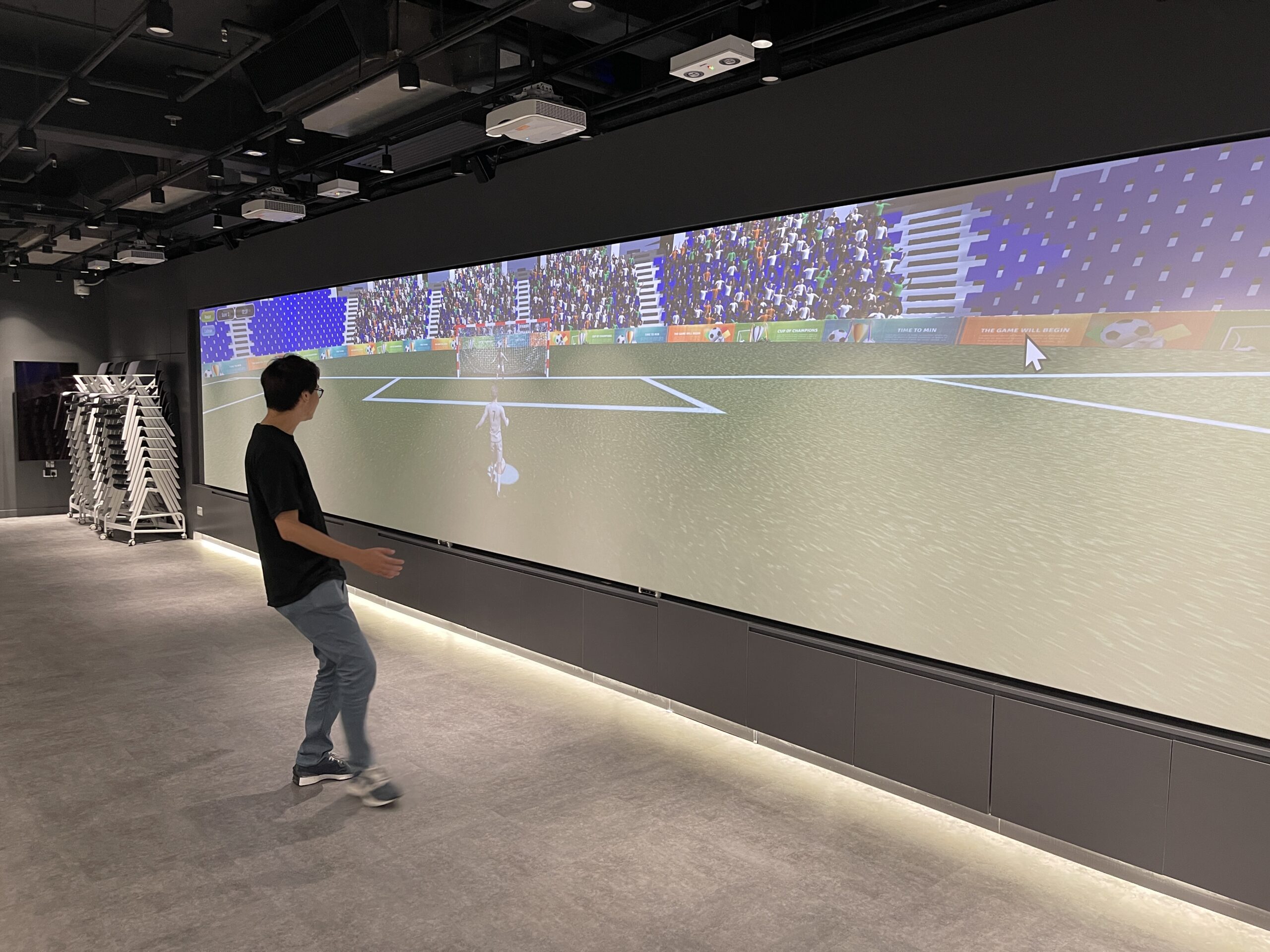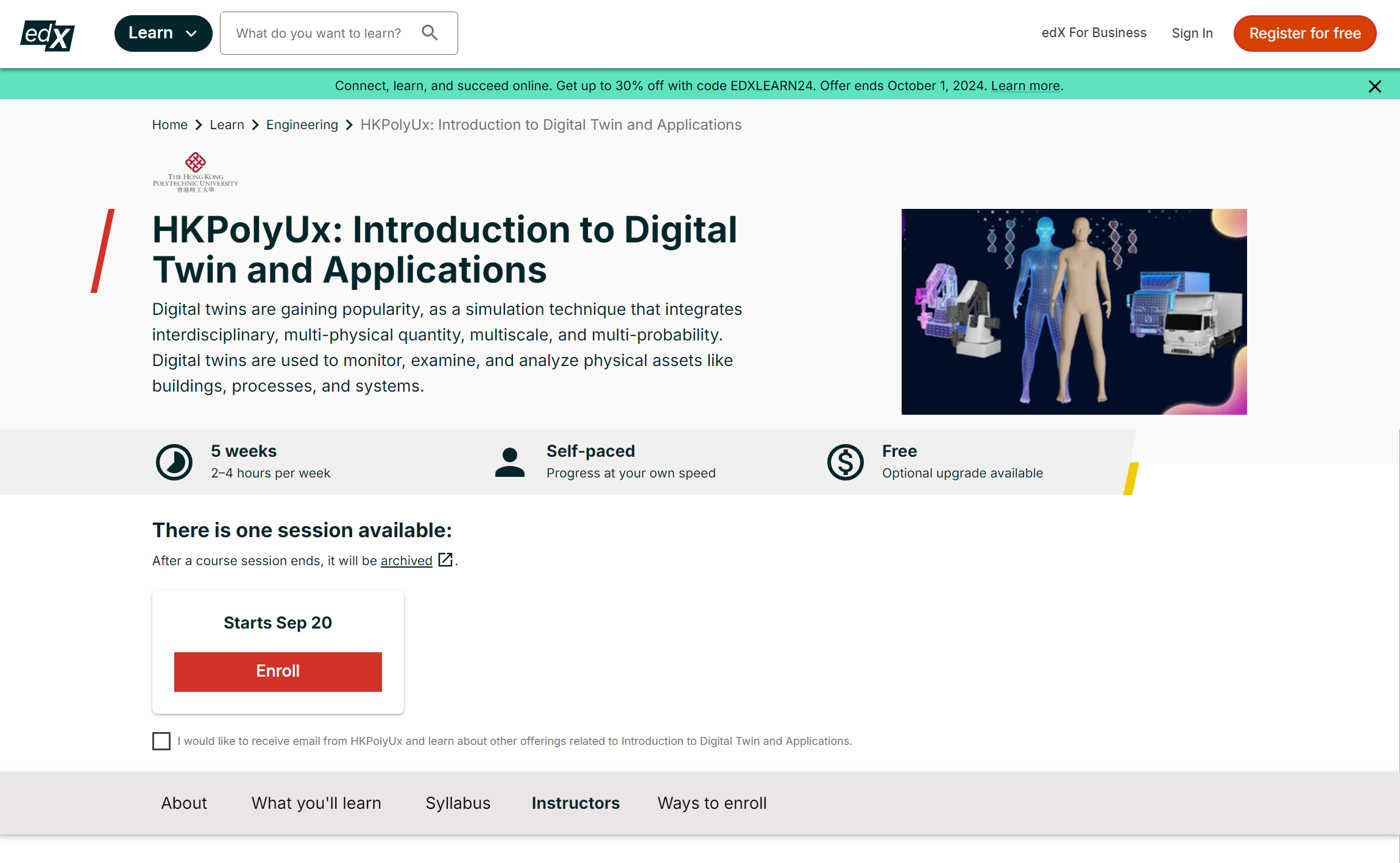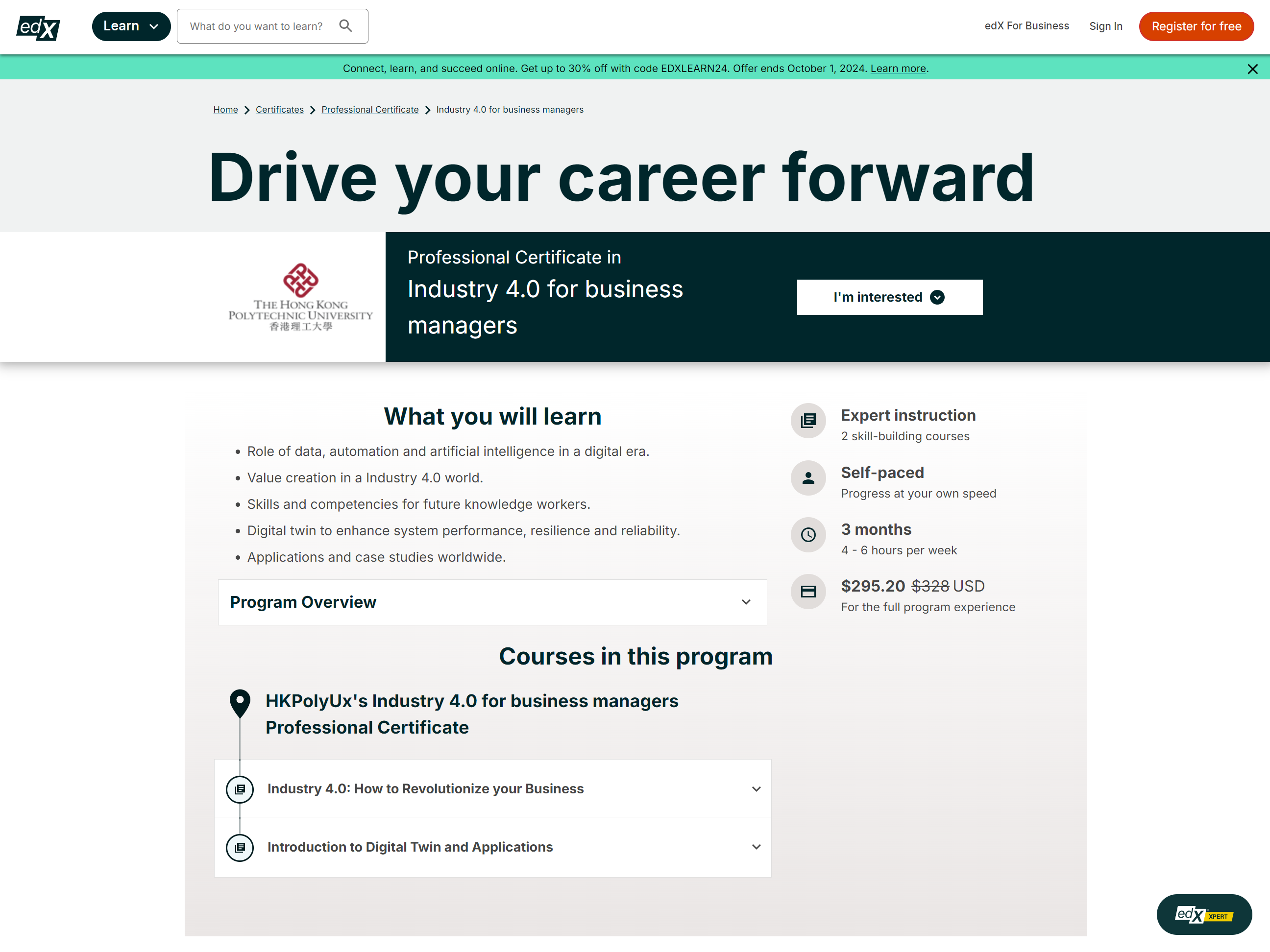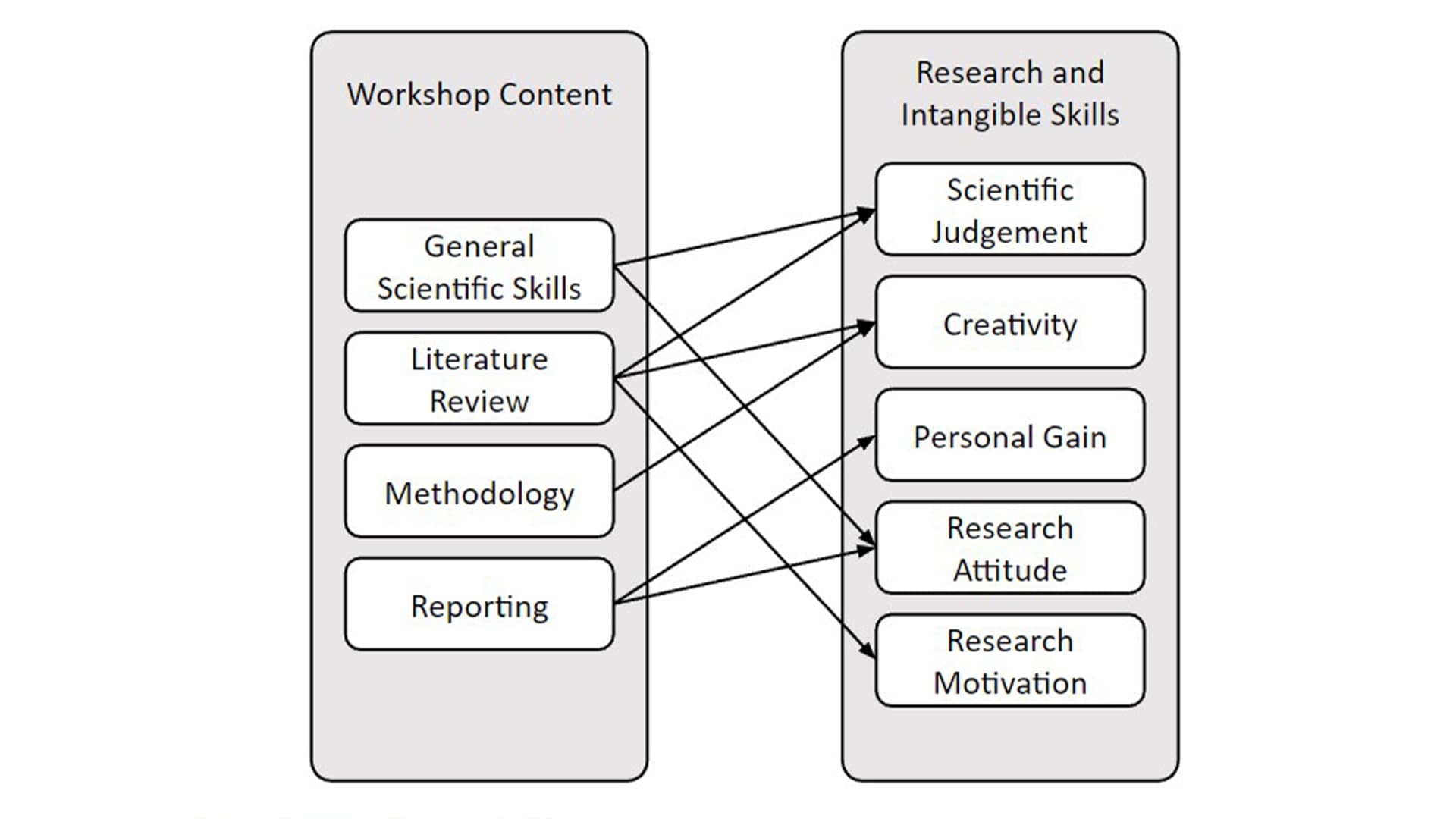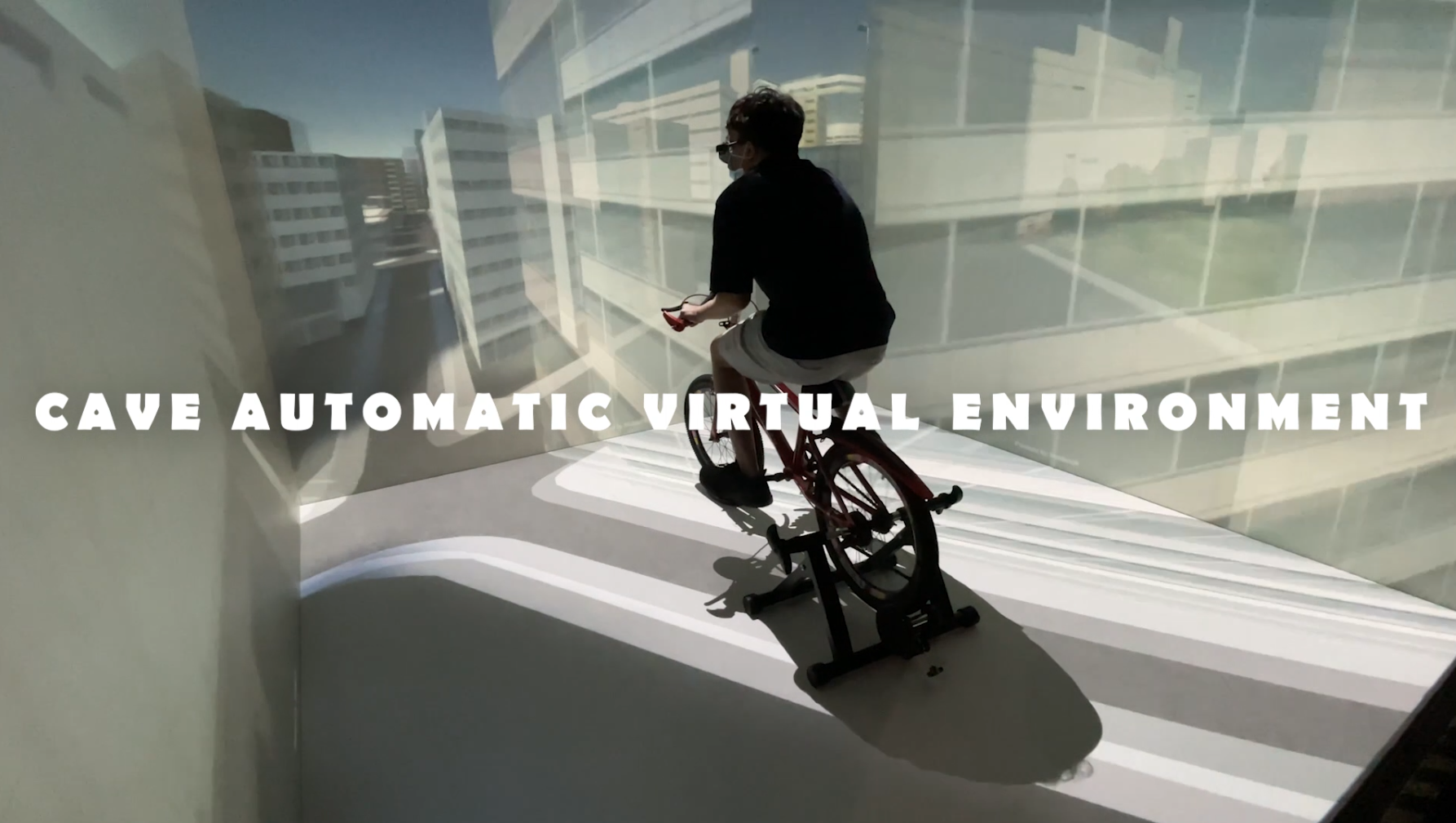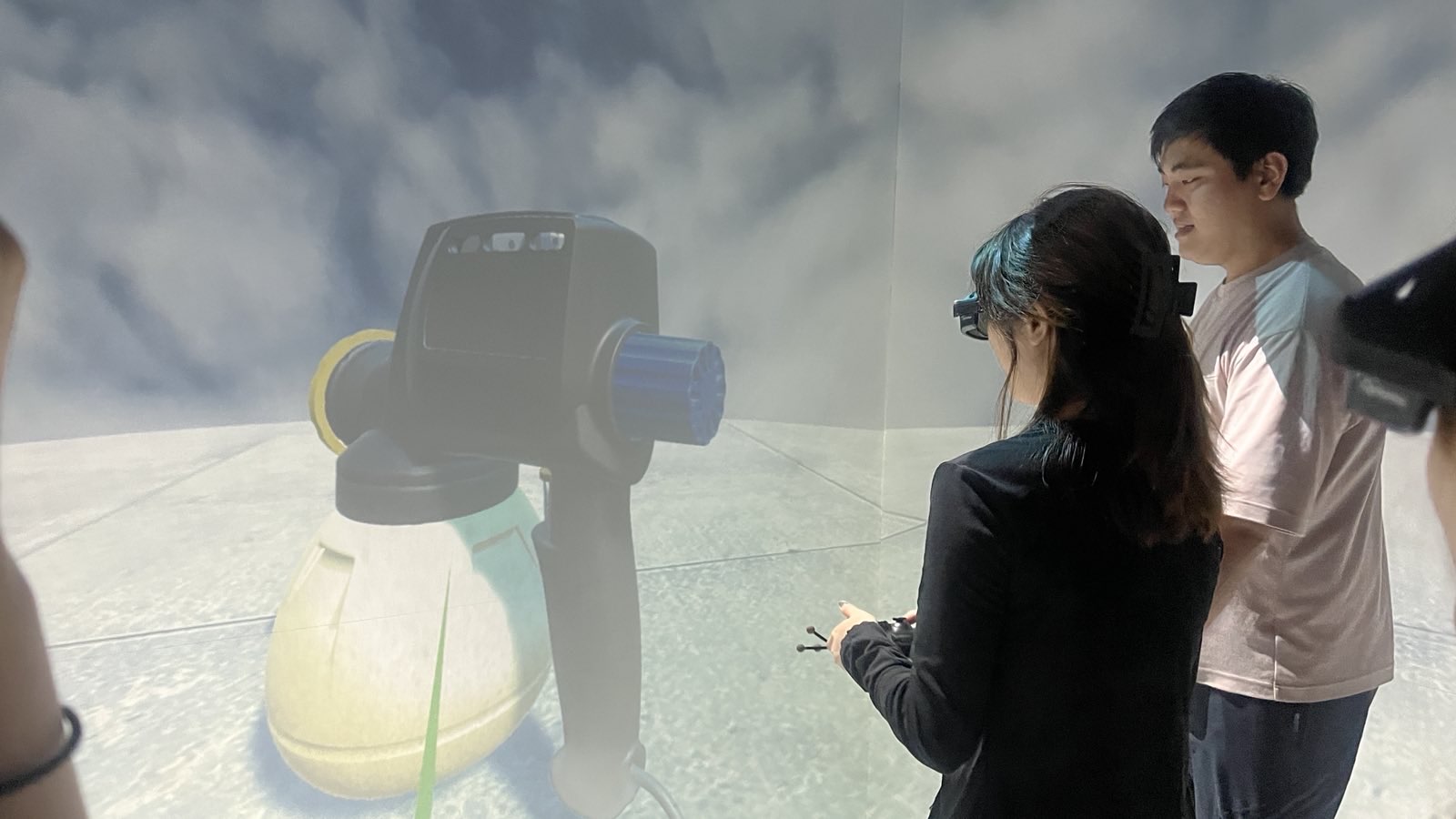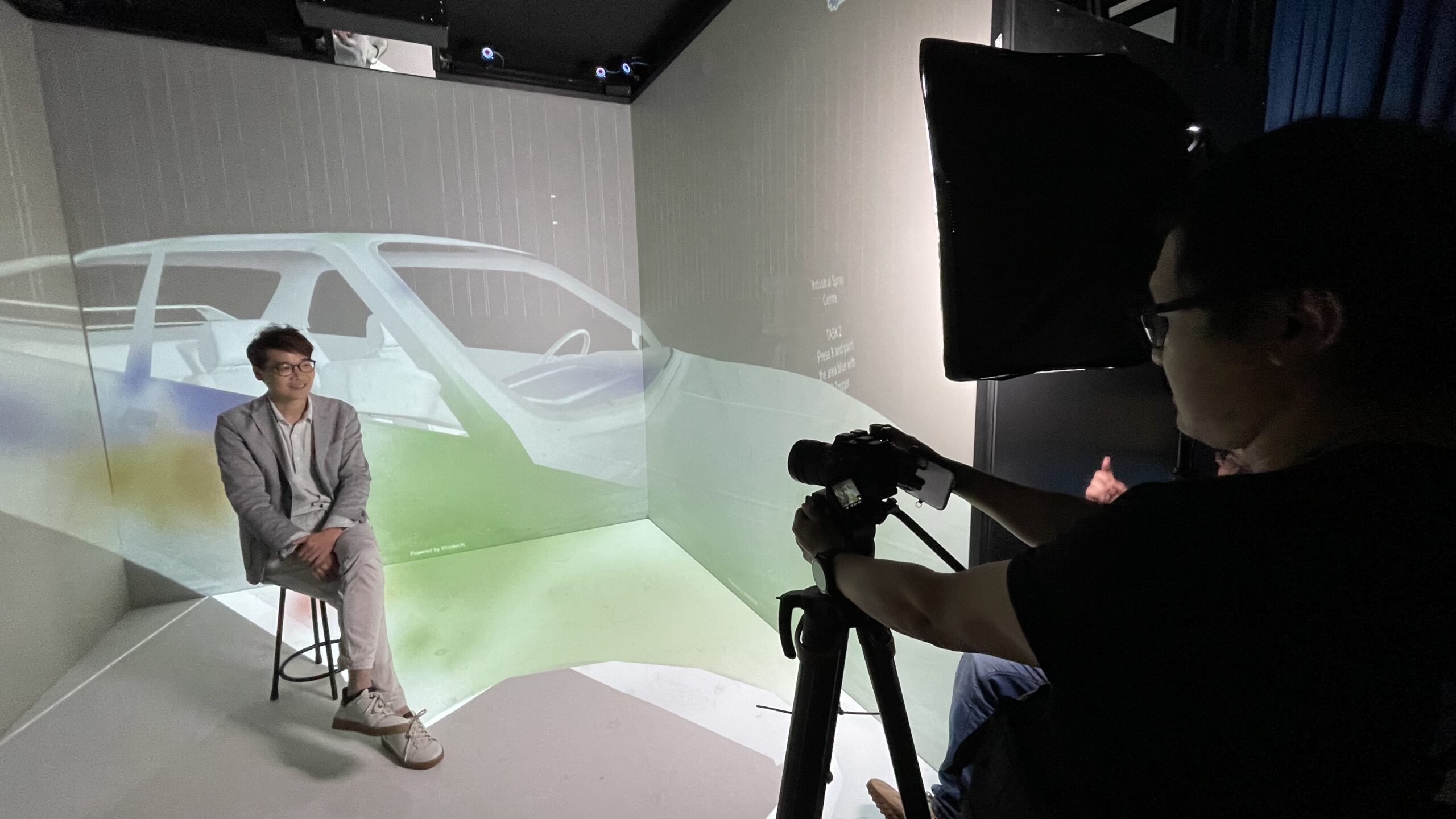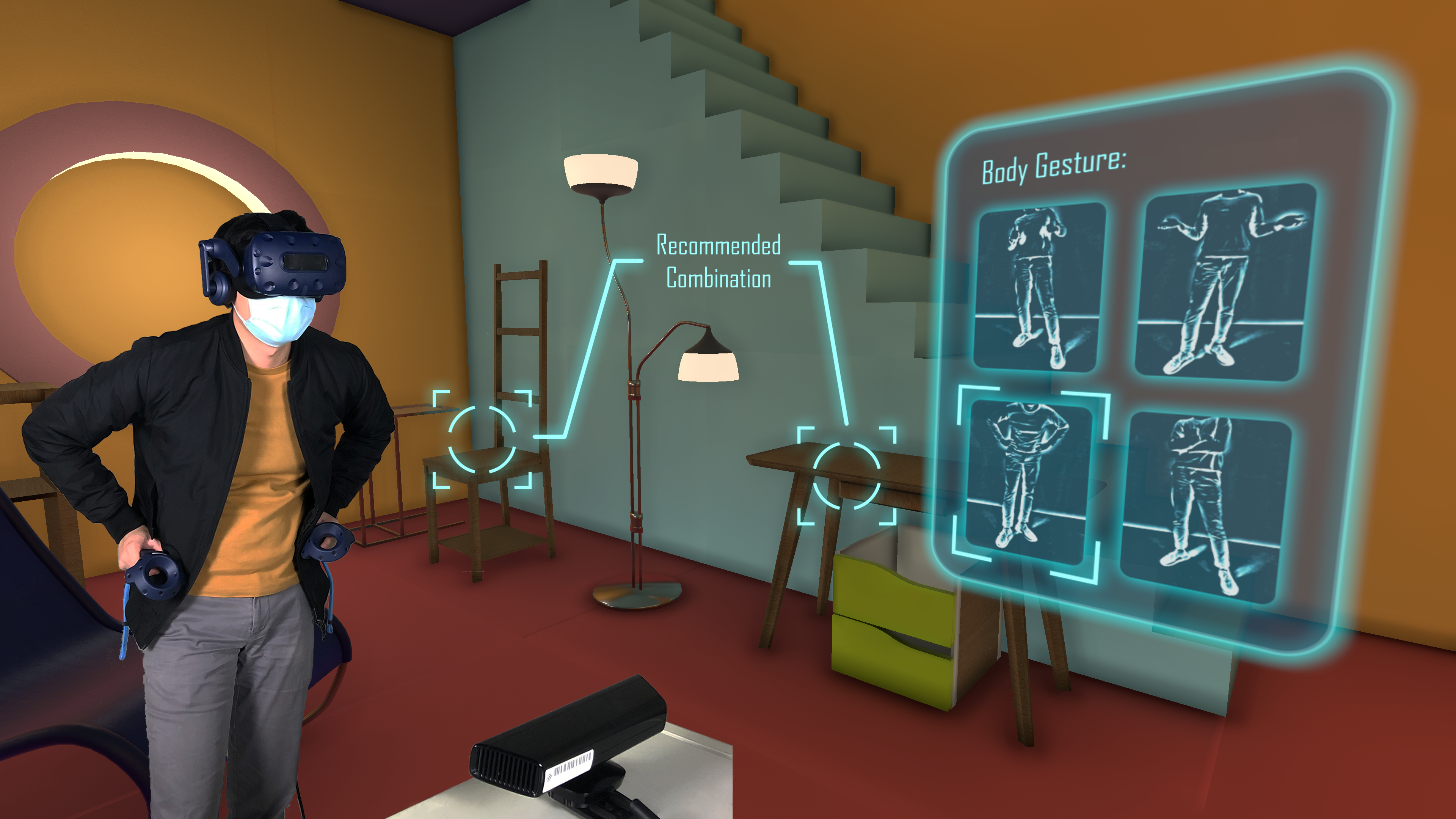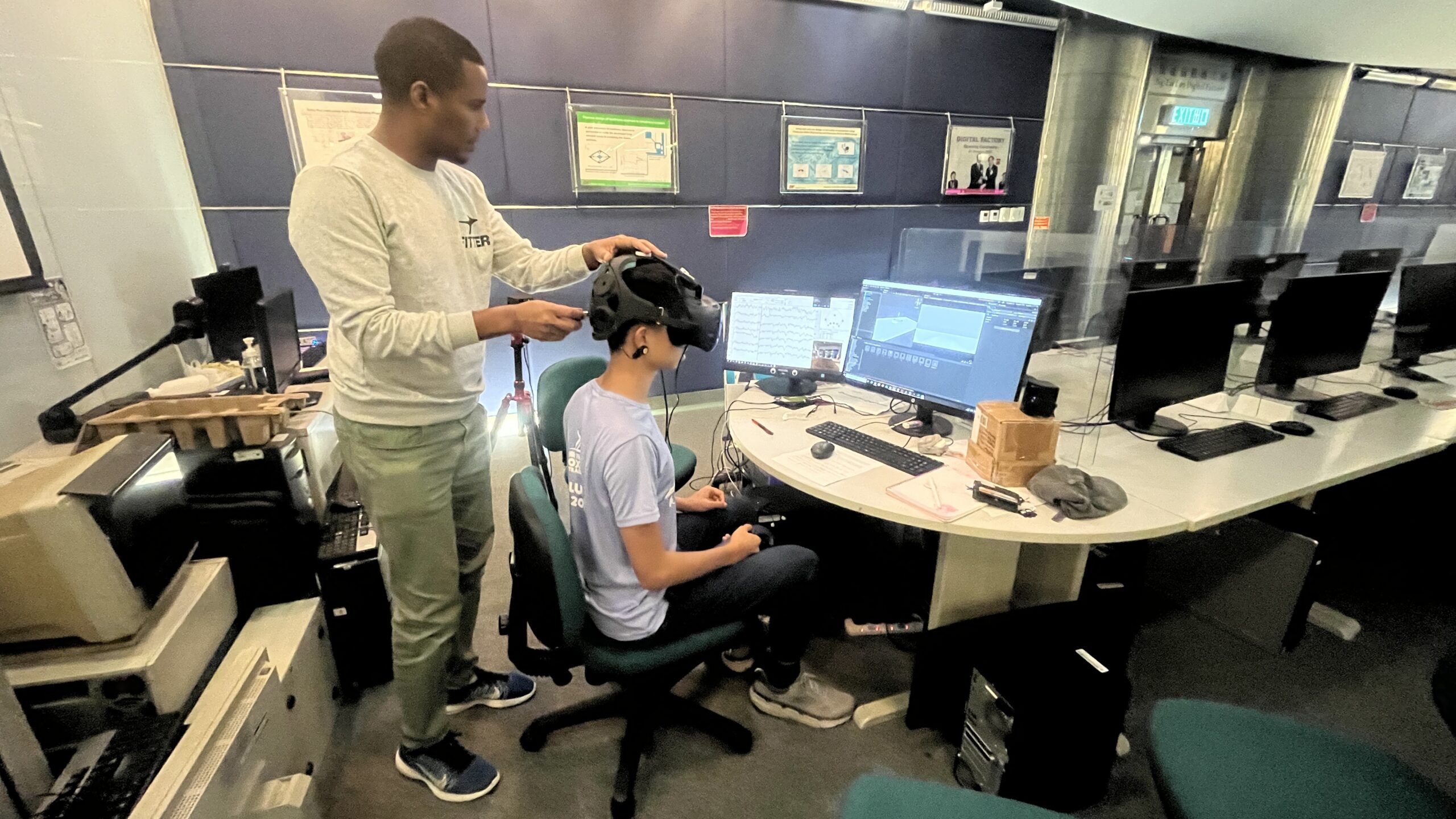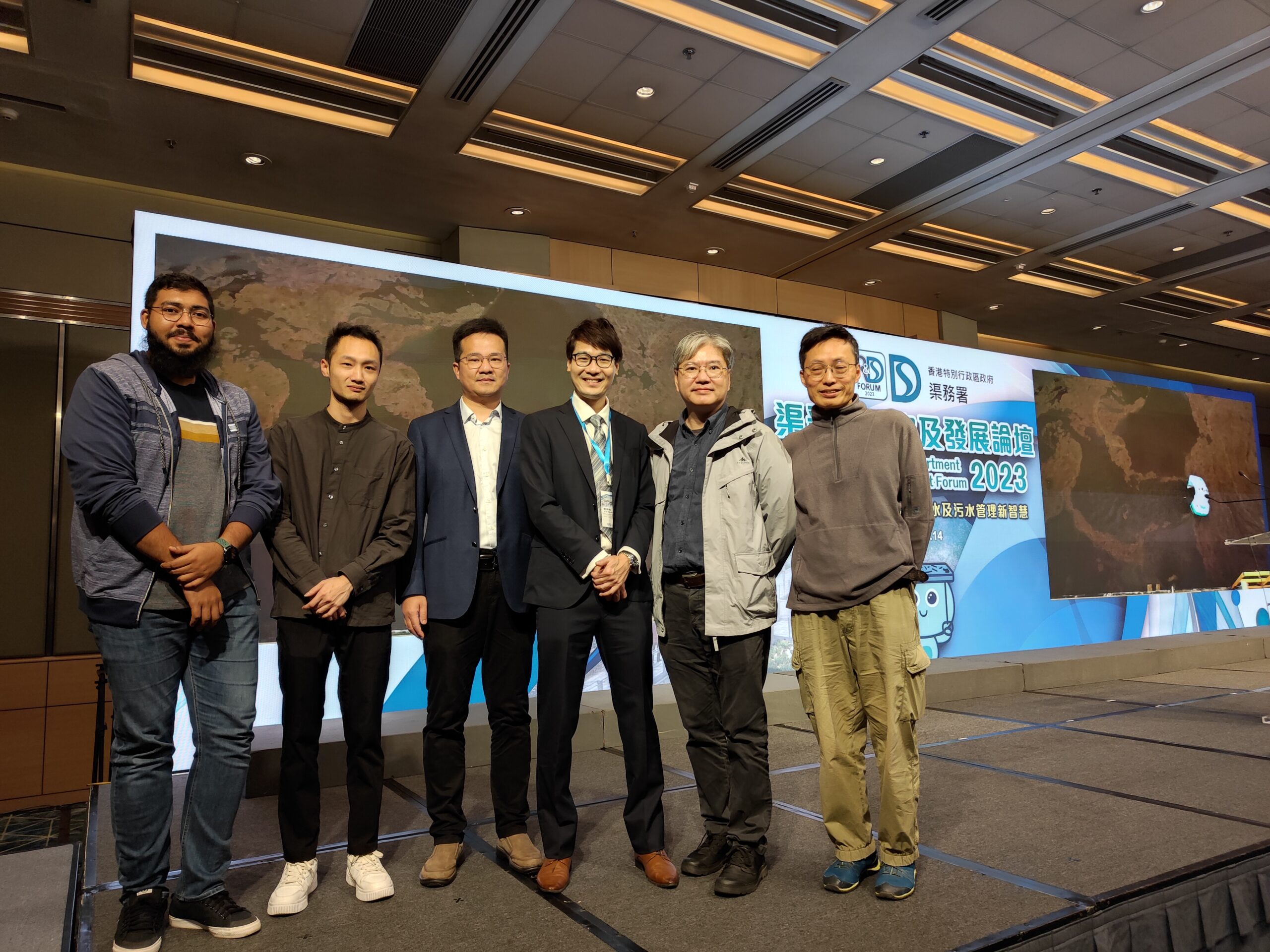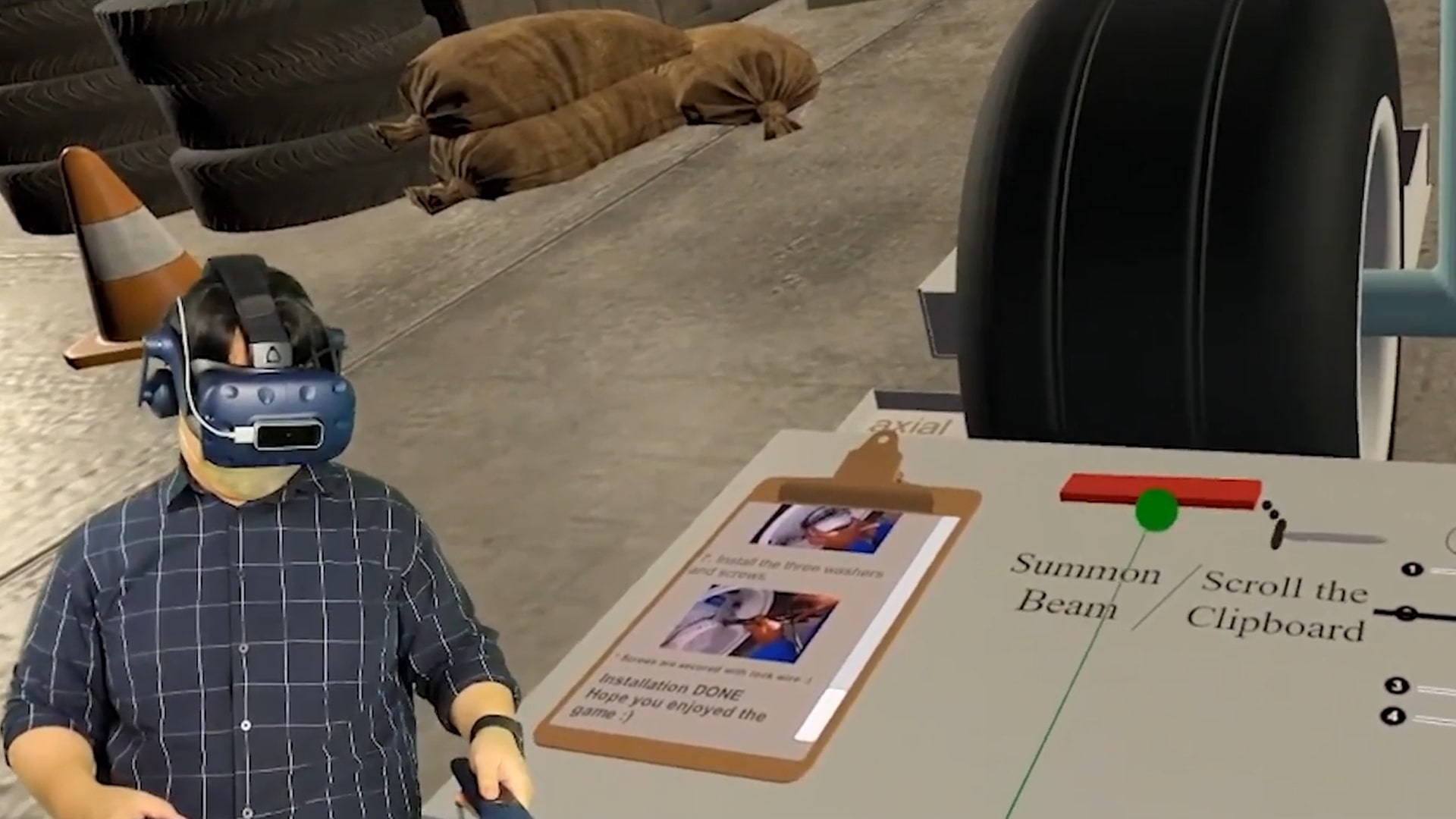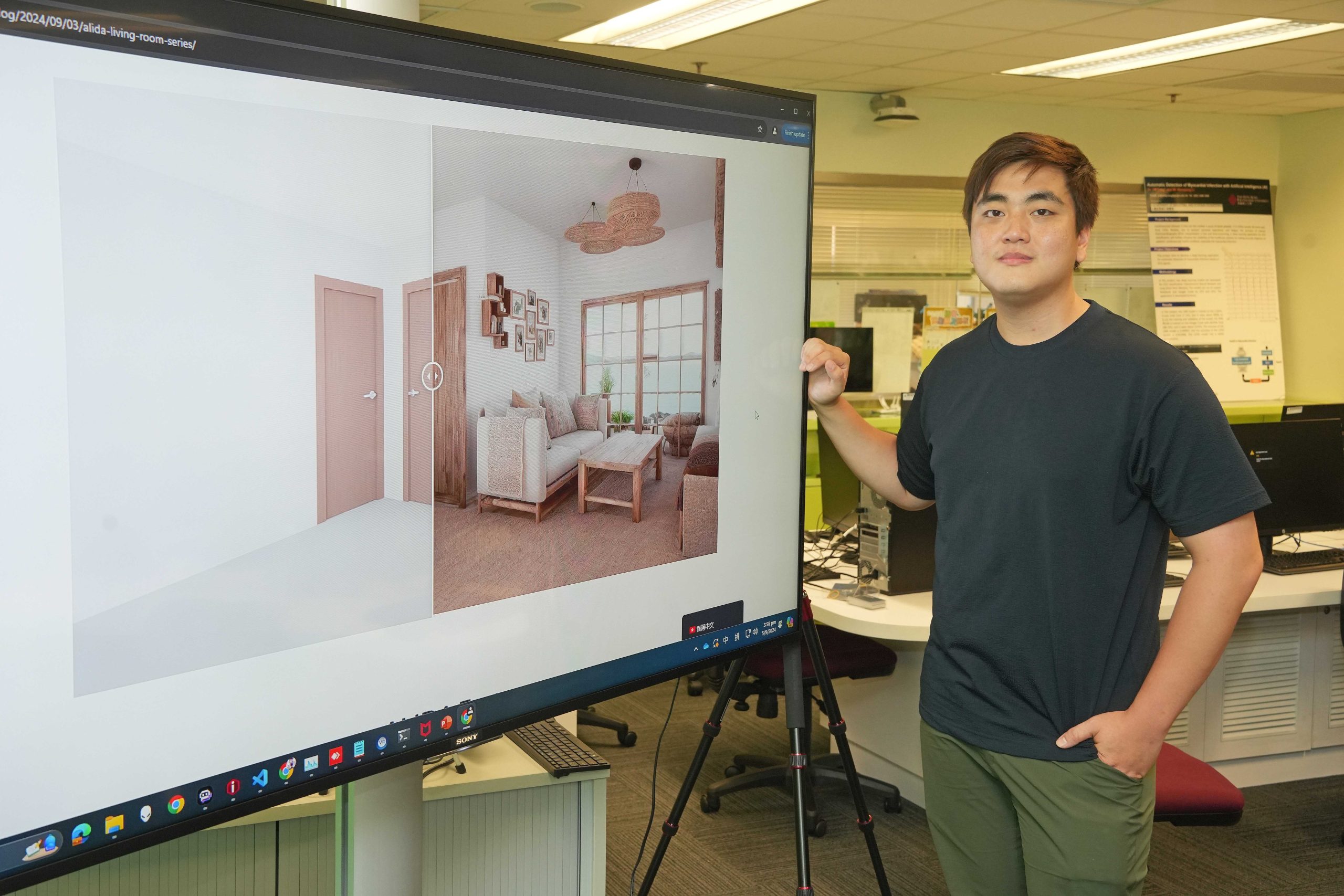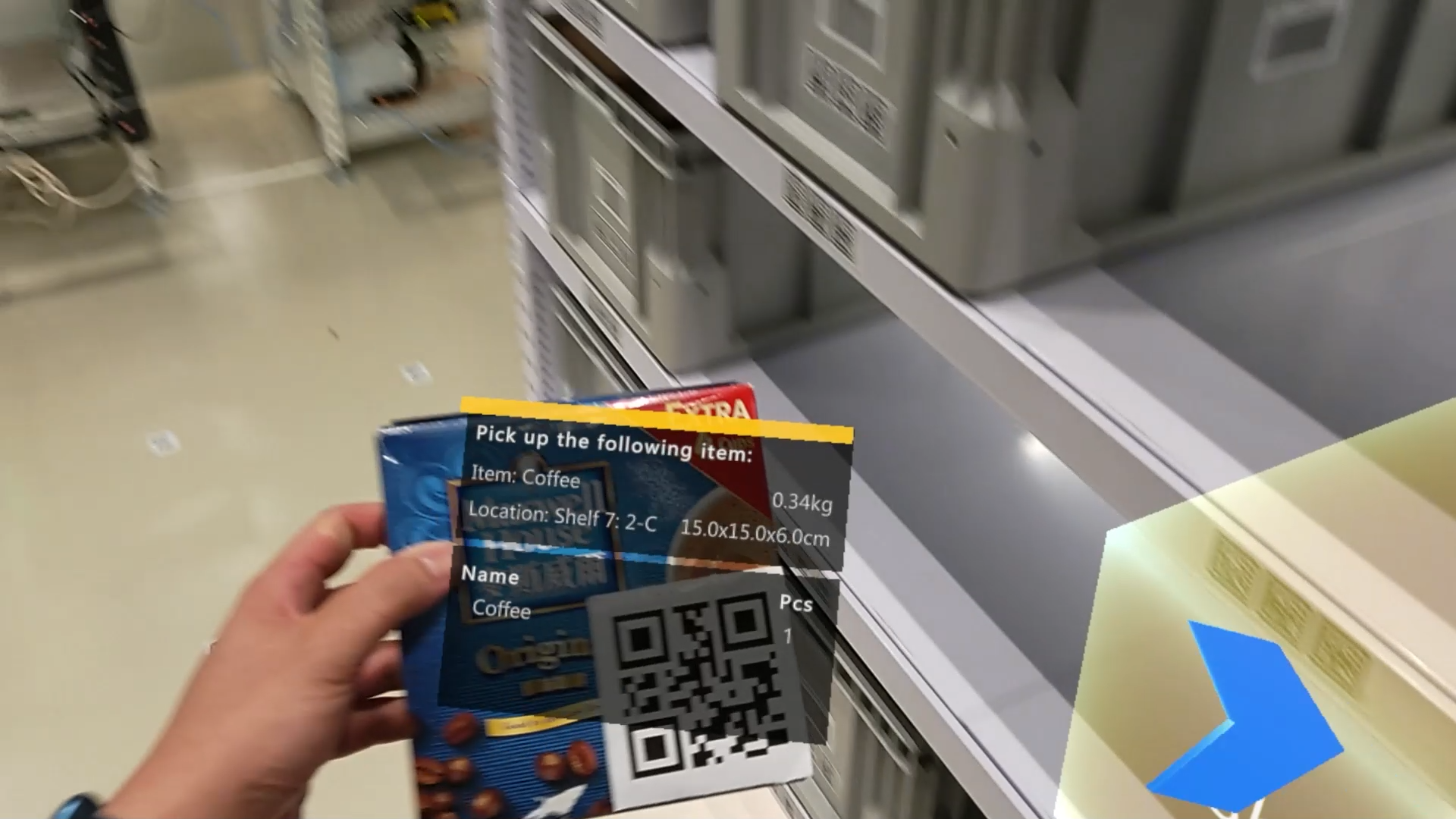Skip to content
- All
- Healthcare
- Rehabilitation
- Optometry
- Education
- CAVE
- E-Commerce
- Industrial
- Others
Kwong Wah Hospital: Virtual Reality Training for Needle Stick Injury Prevention – Patient Ward
Kwong Wah Hospital: Virtual Reality Training for Needle Stick Injury Prevention – Operation Theatre
Queen Elizabeth Hospital: Virtual Reality Training for Blood Culture Procedures
Queen Elizabeth Hospital: Virtual Reality Training for Type and Screen Procedures
Gleneagles Hospital: Acquiring Vaginal Examination Skills with Virtual Reality
Atrous residual interconnected encoder to attention decoder framework for vertebrae segmentation via 3D volumetric CT images
Automatic Detection of Myocardial Infarction with Artificial Intelligence
Virtual Hand Therapy Exercise for Stroke Patients
Hand Exercise using VR CAVE
Accommodating Myopia Therapy Training using VR Head Mounted Device
Virtual Reality Eye-Tracking Technologies for Assessing Myopia: Evaluating the Optokinetic Reflex (OKN)
Mixed Reality for Product Design
Development of Mixed Reality Application for Mathematics Education
Enhancing Online Learning through an AI-driven Tutor System with Multimodal Interaction
Teaching Anatomy with Mixed Reality
Teaching Rehab Wheelchair Design with Mixed Reality
VR Biosafety Level 3 Lab Safety Training Simulator
VR Multiplayer Football Simulator
Football Simulator with Skeletal Tracking
MOOCs: Digital Twin: Technologies of Creating a Real World Virtually into Practical Applications
MOOCs: Professional Certificate on Industry 4.0 with particular reference on digitalization
Metaversity: Supporting teaching and students learning in the metaverse environment
Cultivating Research Abilities of Undergraduate Students
An Integrated Immersive Augmented Virtuality and Digital Twin Bicycle Simulator in the CAVE Virtual Reality (VR) System
Development of CAVE Application for Product Design
An Interactive Teaching Pedagogy for Practice-based Subjects using Augmented Virtuality (AV) in Virtual Reality (VR) Environment and CAVE VR System
Reinforcement Learning-Based Recommendation System
Multimodal feature fusion in VR based on EEG and eye-tracking data for the prediction of customers’ preferences
Intelligent Non-invasive Structural Health Inspection System for Multi-part Covers
Virtual Reality for Aircraft Maintenance
Integrated Intelligent Virtual Solutions for Interior Design
Mixed Reality for Inventory Picking
